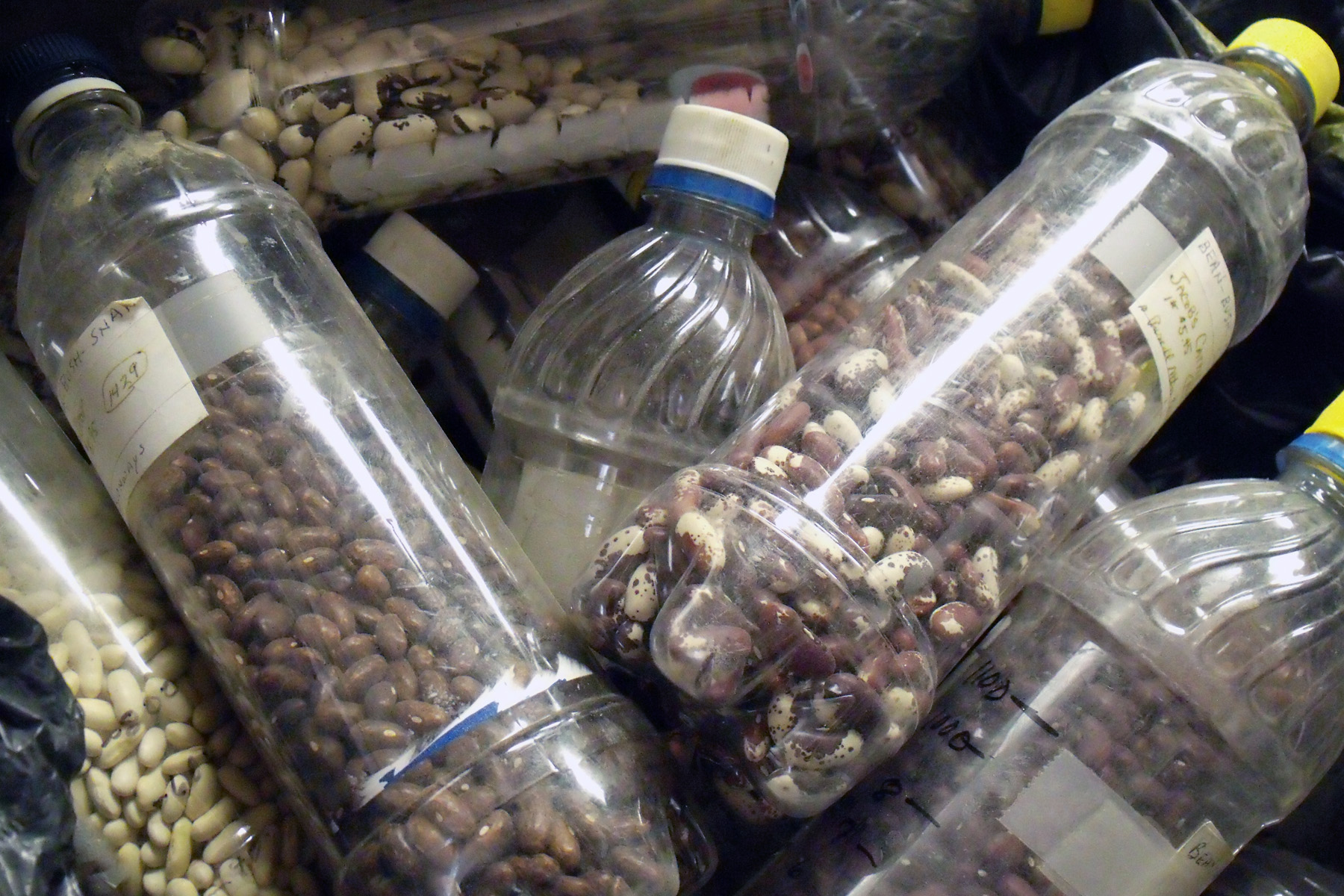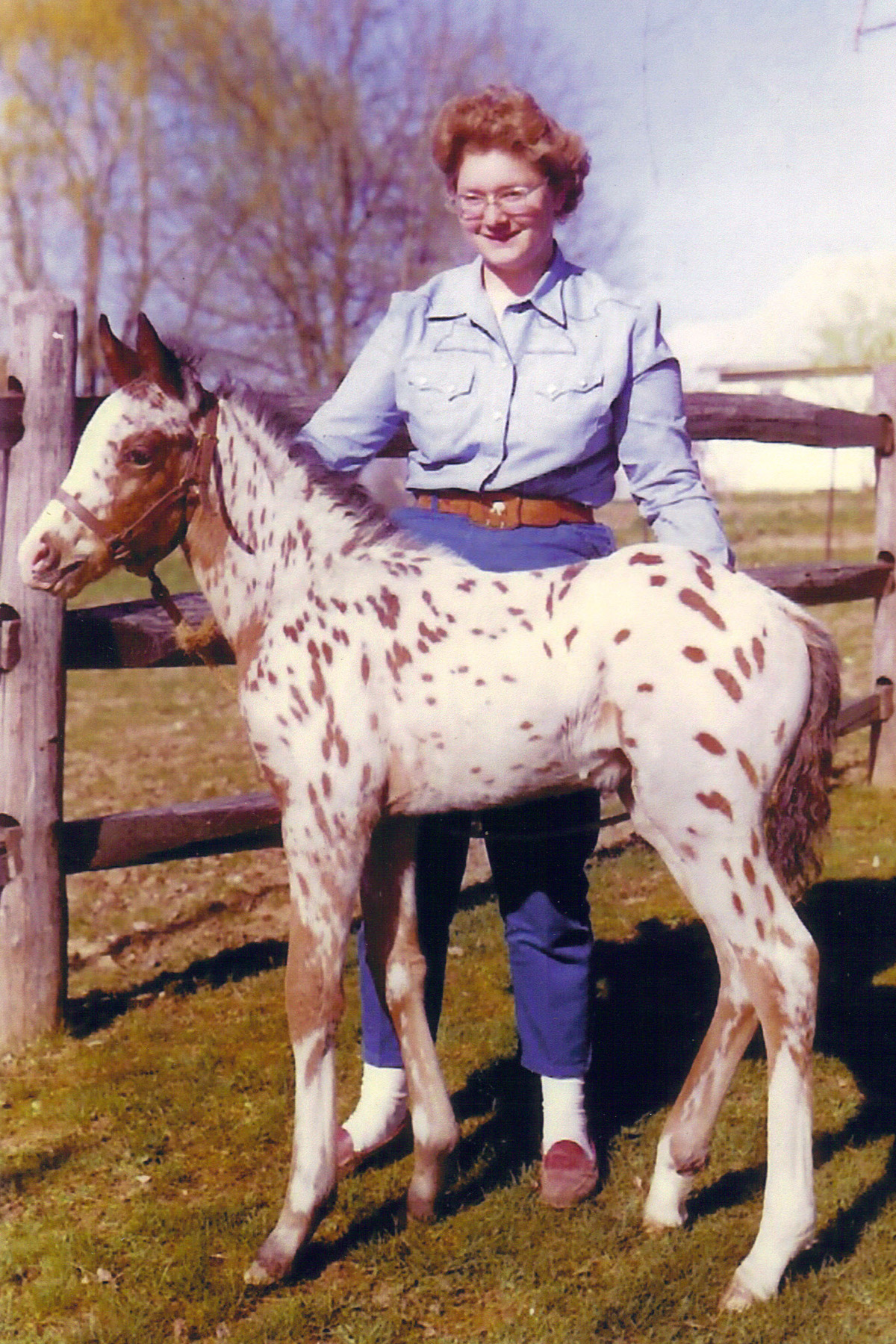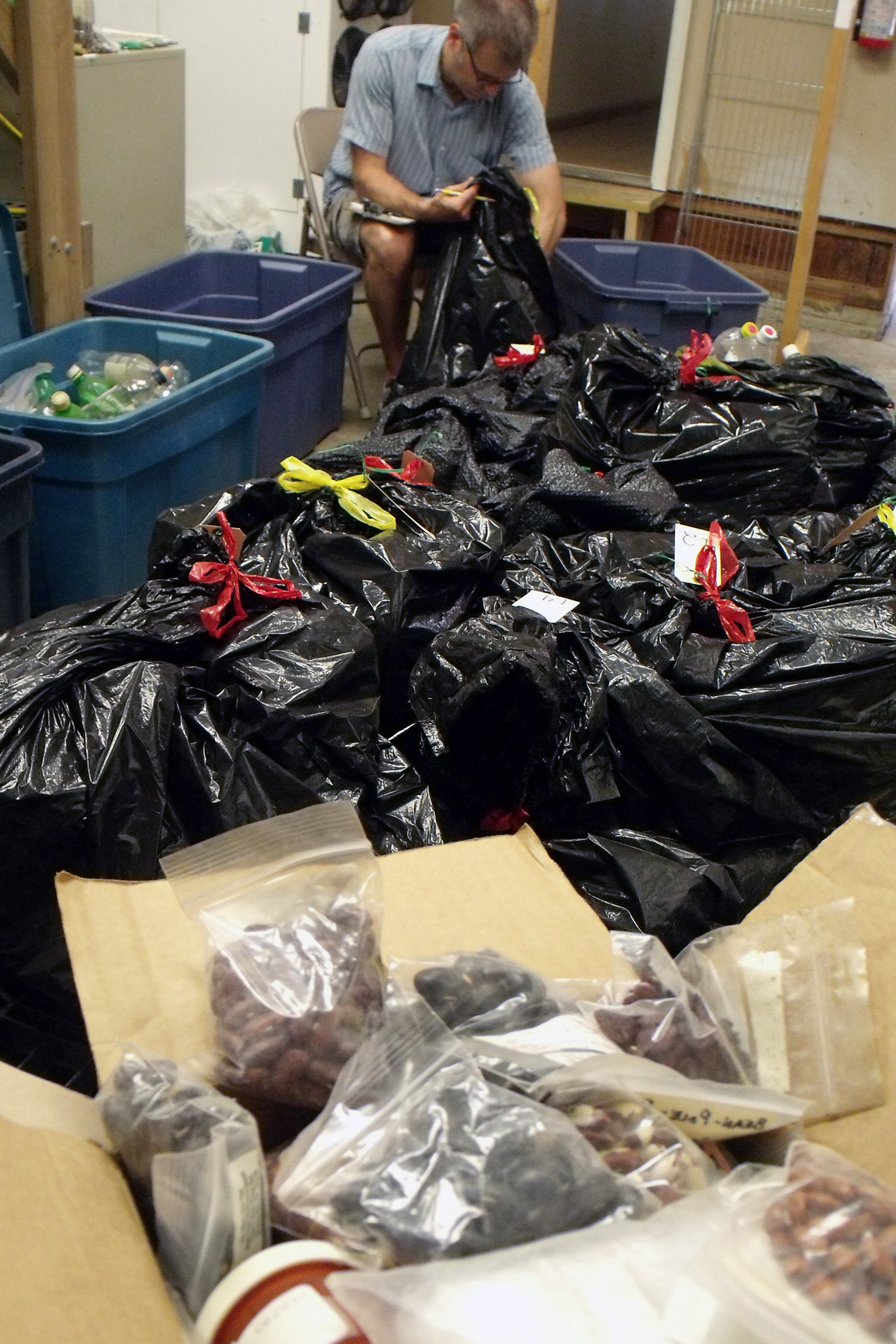Garlic Escapades
/Whether blended in a soup, pickled in a mason jar or baked in an omelet, eating is the best way to utilize scapes, a farm and garden byproduct of garlic. Seed Savers Exchange is conducting its first ever evaluation of over 300 garlic varieties in its production garden this year, which means harvesting a lot of scapes for scanning, as well as to ensure the garlic bulbs are adequately plump and ready for replanting in October. Looking out across the half-acre field waving with crowns of silvery green, these several hundred varieties may appear identical to the untrained eye, but in fact differ considerably in size and shape. Many are uniform in their likeness (streaking brown leaves as some had matured early), still others display anthropomorphic qualities unique to their row: one variety like a sumo wrestler, squat and thick, while another resembles the stern form of a lawman. Taken together, the melded identities of Allium sativum are a chorus of opportunity for SSE to learn more about this species (and its flowering appendage) in the Allium genus.
[gallery columns="2" link="file" ids="3405,3404"]
Our trial field includes both hard and softneck garlics. For those of us new to garlic varieties, softneck garlic doesn’t produce scapes, and generally isn’t as hardy (hence the cognate of its opposite, the “hardneck”), but, it does store better and mature quicker. The bulb size of many hardneck varieties is improved by removing the scape—its flowering stalk which eventually produces bulbils and flowers—hence getting “plump and ready for October." Some varieties, however, don't mind if you leave their scapes on until harvest time, such as those in the Turban group. It just goes to show – the more we learn about each variety’s characteristics, from planting to harvest, the more we’ll understand their preferences, personalities, and how best to make use of them.
Here’s a quick primer on Preservation’s Field & Lab Plant Evaluation
Any characteristic that has a genetic basis is recorded in evaluations at SSE, which, specific to garlic, includes observing and measuring:
1. leaf color 2. leaf posture 3. stalk height (or pseudostem) 4. scape shape (if applicable)
Everything is recorded into Preservation’s database—the hardneck scapes are harvested and scanned into a digital format—and staff can glory in the perk of free scapes for eating!
[gallery columns="2" link="file" ids="3406,3403"]
Garlic taste tests to follow… meanwhile, check out some of these intriguing recipes, and keep us posted on your favorite uses for scapes!
_______________________________________________________
 Visit the online store to purchase our certified organic seed garlic today. Over 10 varieties to choose from-- They will sell out!
Visit the online store to purchase our certified organic seed garlic today. Over 10 varieties to choose from-- They will sell out!
Then...
Check out this slide show and cheat sheet for planting your garlic.























